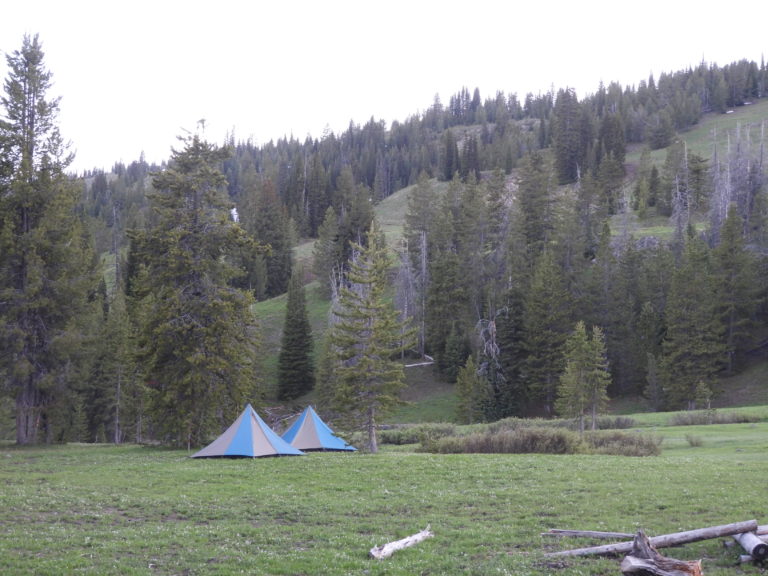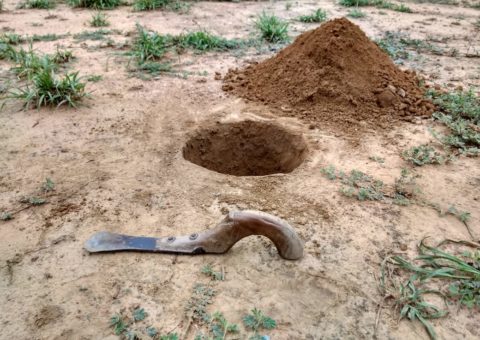Outdoor Leadership & Wilderness Medicine
Leave No Trace™
Steps for disposing your waste properly

Leave No Trace Principles
Plan ahead and prepare
Travel and camp on durable surfaces
Dispose of waste properly
Leave what you find
Minimize campfire impact
Respect wildlife
Be considerate of other visitors
As trekking is gaining popularity in India, #hikers are flooding the indian Himalayas. Many of them are aware of their surrounding whereas there is a good bunch who is just looking for some time away in the mountains with friends to enjoy the scenic views, bonfire and some great spirits.
Himalayas are going through immense changes already, whether it is glaciers receding, landslides, lower than average snow fall. With an immense increase in tourism the pressure on the mountains and the villages has also increased. Good sanitary practise is one of them.
Pooping in the wild is a challenging task for many of us coming from cities. Whether you are a seasoned or an amatuer hiker you know what this is all about. Most of us are not used to it and very few understand the impact it has on others’ experience and the mountains. The first time I learnt about leave no trace (LNT) was back in 2010 during a course in outdoor leadership with NOLS. LNT is a North American organization that is committed towards creating awareness for responsible recreation in the outdoors through education and stewardship. One of the 7 seven principles of LNT is “Dispose of your waste properly”. This principle extends to carrying out any kind of waste that you generate, to minimize your impact on the environment.
You may have seen human feces on the surface while hiking, Yikes, I know it’s not a pleasant experience but at places it is a sad reality. Reason for that can be anything from, lack of awareness, absence of information and skill, bad food or simply just poor hygiene practices. Yes pooping in the wilderness is a life skill and you can learn it. You can thank me later.
In my experience many commercial operators are not equipped to share the importance of using a cat hole for defecating with their clients. They often dug a giant hole in the ground which isn’t helpful either. Leaving feces exposed is not only unhygienic, it also affects the experience of others. “None of us want to see, smell or step on someone’s feces”.

Let’s understand the impact it has and how to minimize it.
Human feces is loaded with pathogens, exposed feces increase the chances of spreading of those pathogens through animals and flies. Defecating near a water source can also increase the risk of introducing these into the water. These sources include rivers, lakes, streams & seasonal runoffs. This might be drinking water for the villagers or hiking groups down the valley or your own team. Scarcity of drinking water has been increasing in Himalayan villages lately.
This also increases the risk of waterborne diseases. Giardia, a protozoa that is found in human’s and animal’s feces. Drinking water that is infected with giardia can make you bloat. Once you are infected by giardia it takes longer to treat. It’s an experience you don’t want.
An ideal way to decompose human feces (check local permits if it’s allowed) is digging a cat hole about -8 inches deep and burying feces. Decomposition of buried feces greatly depends on the soil, altitude, moisture and consistency. Microorganisms present in the organic soil about 6-8 inches below the surface are very important for decomposition. Studies have shown that it may take about a year for human feces to decompose completely.

Here are a few steps you can follow to poop responsibly in the backcountry.
Understand your body clock – When to go
Very first point is having a desire to go. Digging a cat hole can take a few minutes. It is in your benefit to start early, collect your devices and take a walk into the woods. In short know your body, terrain and equipment.
Selecting your tool (s)
Gather all the devices that you will need for digging a hole, to cleaning yourself and disinfecting your hands. Based on your preference, if you choose to use toilet paper roll don’t leave the used TP behind. Bring two ziplocks to pack your used TP out and for its appropriate disposal. Leaving TP in the woods not only looks ugly, it may also start to fly as wind picks up. I am sure you don’t want that.
Possible choices of tools for digging a hole can range from an Ice ax, gardening shovel, Udigit or simply a sturdy branch. My fav is the ice ax, can be used on most mountainous locations, the handle provides leverage and is simple to use.
You may also choose to have natural material for wiping yourself like small (not too small) rounded stones, small soft dry branches. Do not use any leaves especially with thorns on it, you may react when come in contact with those. Or simply just carry a water bottle with you.
Depending on your location, time and visibility you might want to carry other items with you. I.e torch, bear spray, people etc.
Distance from trail and water source
Ideally walk for about 200ft or 80 paces away from camp, established trails, water sources, houses & religious sites. Choose a direction you are taking and inform someone in your team or at camp about it.
Dig a cathole (site selection)
Once you have walked for 80 paces, look for a spot which has grass and is a little moist. It will be easier to dig at this site compared to a dry rocky one. If the location offers you a great view nothing like that.
Once you have decided on the location start digging with your choice of tool. Ideally the cathole needs to be 8 inches deep & 6 inches in circumference. In the digging process, create a mound of soil. we will come back to it later.
This may look different when you are in high alpine and covered with snow. In this scenario you do need an ice ax to get some leverage while digging as you will have to dig through the snow to get to the ground.
Evacuate bowel
Now this is the moment that you have been preparing for Tadaaaa!! If you have reached this far you know what I am talking about. Make sure that whatever comes out goes in the hole. For some reason If it doesn’t, no worries you may take a stick and move it in the hole, just the way golfers do it 🙂
Disguise the site
Once you are done, clean yourself with your choice of wiping material (TP, rounded rocks or branches, compressed snow balls or just water).
This may sound unpleasant, stirring your poop in the hole with a sturdy stick can help the bacteria present in the soil to break it down faster. Now is the time to put back that same soil in the hole to cover it up, doing this like nothing happened here with your shoes is a great idea.
Disinfect your hands
A very important step is to wash your hands with soap and water thoroughly. You can do it at camp or preferably at the digging site. Remember your hands spread bacteria.
Conclusion
Mountains are pristine and we must do our share to keep them clean. By implementing these simple measures we can do our part in enhancing others experiences. If we all start to enjoy outdoors responsibly this will ultimately result in better experience for all while protecting the environment. Thanks for reading. Happy Hiking.
Please help us spread the awareness for practicing Leave No Trace. Keep looking out for more on LNT.
Written by – Amit Arora, Outdoor Leadership and Wilderness Medicine Educator. Reach out to know more at outdooreducation.in@gmail.com
Connect with us on social platforms.